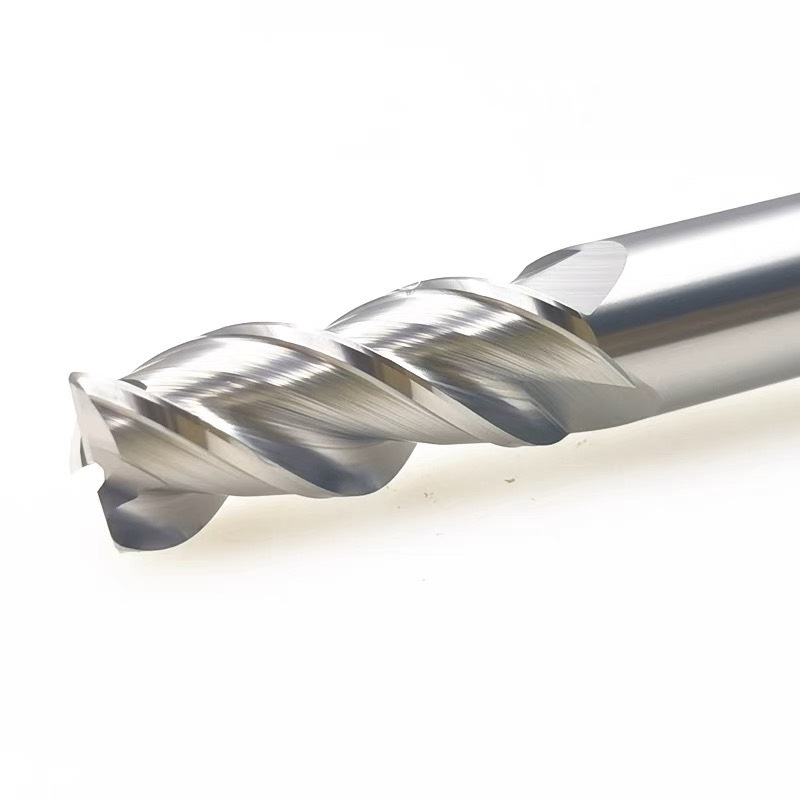- Gender:
- Female
- Birthday:
- Sep 22, 1995 (Age: 29)
arnoldbutler
New Member, Female, 29
- arnoldbutler was last seen:
- May 11, 2022
- Loading...
- Loading...
-
About
- Gender:
- Female
- Birthday:
- Sep 22, 1995 (Age: 29)
Mimosa Hostilis is a bushy tree that is native in huge parts of South America. The types expands in areas as much north as Mexico, but are most typically discovered in the tropical bogs. You will discover the tree primarily in Brazil, Venezuela, and also Colombia. The tree can rise to 8 meters and creates stunning white flowers and also green pods with seeds.Mimosa Hostilis is additionally reported as a perfect component for skin care. It has actually been claimed that the powdered bark substantially cultivates the regeneration of skin cells. It is commonly utilized for the treatment of injuries, burns, or external ulcers. It has disinfectant, analgesic, as well as healing properties.The bark of mimosa hostilis verified to be extremely reliable in the therapy of burns as well as wounds.These significant events have given the powdered bark of Tepescohuite a strong track record for skin treatment. Today it is extensively readily available in markets, pharmacies, as well as health food stores in Mexico as resources. They do not cut down the trees to gather its bark because the tree is beneficial in so numerous means. Rather, they dig an opening at the base and only take around a third of the root system. In this manner the tree survives. Within 5 years, the root system is totally restored as well as an additional round of harvesting can be done. The tree is never reduced and also collecting can be done indefinitely.It makes a perfect source for sustainably expanded building products. The tree satisfies an important role in restoring biodiversity in its straight environments. Mimosa Hostilis tree is located growing in the northern area of Brazil, as well as discovered as far north as Mexico, consisting of Panama, Honduras, El Salvador, Venezuela and Colombia. It favors lower altitudes but can be discovered growing as high as one-thousand meters.Interact




